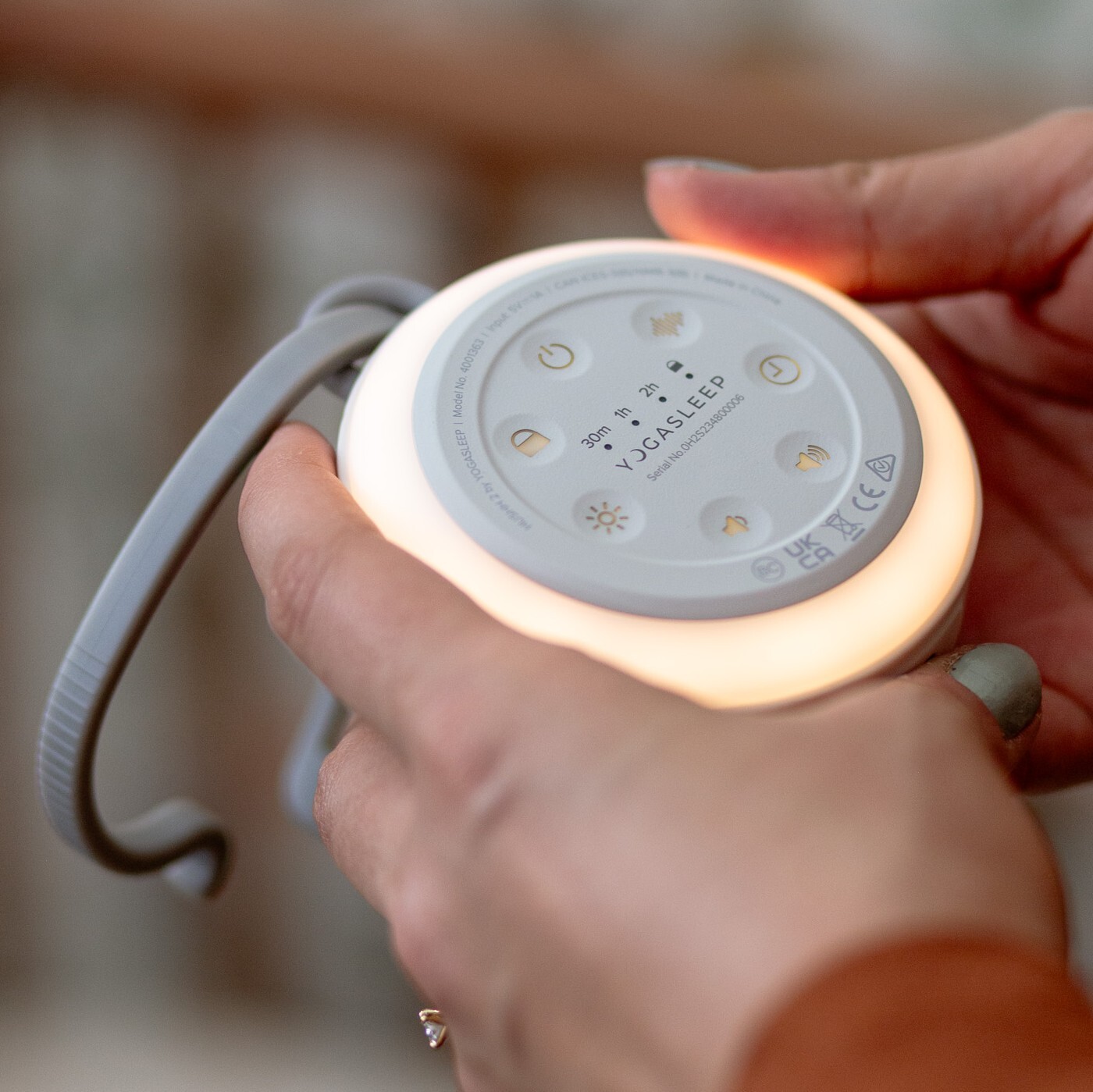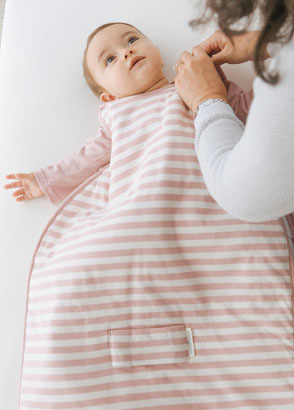Everyone talks about self settling...but is it really so important? Wouldn't encouraging your baby to self settle mean using some sleep training that involves lots of crying and is totally against how you want to care for your baby?
If you are here reading this article, we think that's a good sign you are keen for more sleep for you and your baby.......and basically babies and toddlers need to learn to self settle in order for sleep through the night. However if you are happy with continued waking for you and your baby, then there is no need to read any further!
At The Sleep Store we firmly believe the whole family benefits when everyone gets sufficient sleep. Life with a baby, particularly if you have more than one child, is exhausting and challenging. Managing your family without enough sleep makes everything harder. Continued parental sleep deprivation impacts on parental mental and physical health, your relationship, ability to work, safety particularly with driving and potentially your ability to parent your children.
So while some parenting websites will basically tell you to suck it up and carry on multiple night feeds and frequent night waking for as many years as it takes your child to grow out of it, we want to give you practical and effective tools to gently encourage more sleep for your family.
I think this quote from Dr Sears sums it up really well (from his article "Night Weaning: 12 Alternatives for the All-Night Nurser")
"if you are sleep deprived to the degree that you are barely functioning the next day, you resent your nighttime parenting style (and your baby), and the rest of your family relationships are deteriorating, you need to make some changes in your nighttime feeding schedule"
























